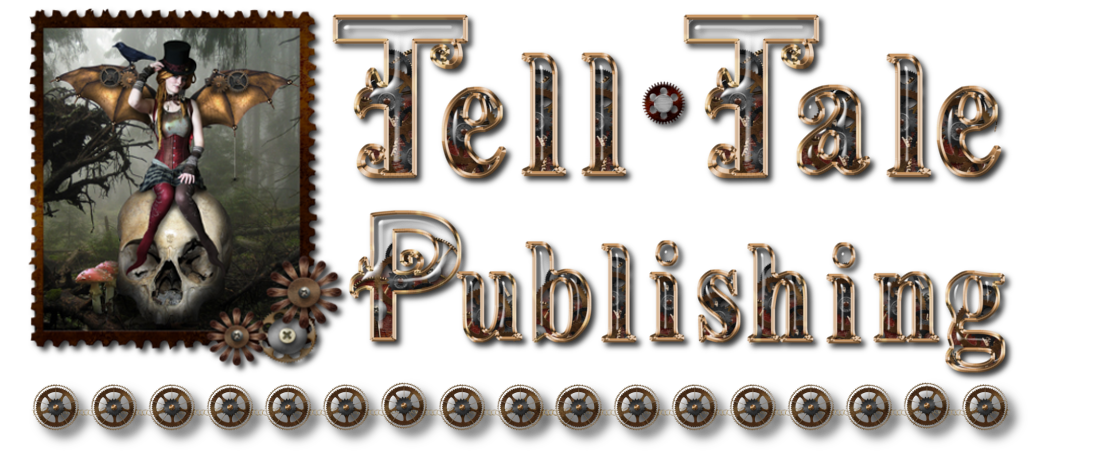Halloween Blog Hop! Samhain, The Witch's New Year
The Celts believed the year was divided UNIQUELY into two parts, the lighter half in the summer and the darker half in the winter. Samhain, the Witch's New Year, or Halloween as it is now called, was the division between these halves. The Celts believed that the veil between our world and the other world was thinnest at this time. Oíche Shamhna (October 31) is Halloween and Lá na Marbh (November 1) is the Day of the Dead, or All Saints Day, when those who have passed away are remembered. Celts wore costumes to confuse the MAGIC spirits now roaming our world and to avoid capture.
Samhain is also seen as a time for commemoration of the dead.
Since they are responsible for existence, they are owed respect. In the early middle ages, Irish Christians devised the feasts of All Souls and All Saints out of pity for those in Purgatory and respect for those in Heaven. Since the night of Hallowe'en is outside time, we are visited by the spirits of those in Purgatory, and can see the future. Hallowe'en is the most ancient and essential Irish festival. It is to the vulgar commodification of All Souls that we must attribute all this ballyhoo about monsters and ghouls. "Trick or Treat" is a transformation of the fortune-telling that traditionally attended Hallowe'en games. "Trick-or-Treat is also a bastardization of an old tradition of people leaving offerings to the dead out on their front porches on Samhain night. The belief being that if they left a food offering to the spirits, those spirits would leave them alone and cause no harm.
"Soul cake, soul cake
Please good woman a soul cake
One for Peter, two for Paul
Three for Him who saved us all
Soul cake, soul cake
Please good woman a soul cake"
Is a medieval version of “Trick or “Treat”
a Rafflecopter giveaway

